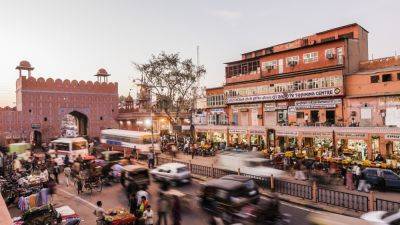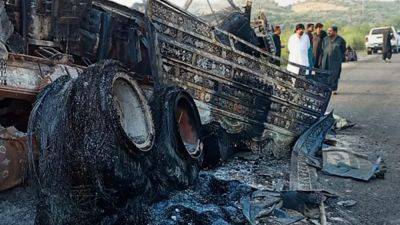Data from India’s historic moon mission supports long-standing lunar theory
Sign up for CNN’s Wonder Theory science newsletter. Explore the universe with news on fascinating discoveries, scientific advancements and more.
CNN —The historic Chandrayaan-3 mission, which made India the fourth country to land on the moon one year ago Friday, has uncovered new evidence that supports a theory about early lunar history.
When the mission landed in the moon’s southern high-latitude regions, near the lunar south pole, it deployed a small six-wheeled rover called Pragyan, which means wisdom in Sanskrit. The rover was equipped with science instruments that allowed it to analyze particles within the moon’s soil and measure the elements there.
Pragyan made 23 measurements as it rolled along a 338-feet (103-meter) region of the lunar surface, located within 164 feet (50 meters) of Chandrayaan-3’s landing site, for about 10 days. The rover’s data marks the first measurements of elements within lunar soil near the south polar region.
The rover detected a relatively uniform composition largely made of a rock called ferroan anorthosite, which is similar to samples taken from the moon’s equatorial region during the Apollo 16 mission in 1972.
The Apollo 16 mission lands in the Descartes Highlands region near the lunar equator in April 1972.Researchers reported the findings in a study published Wednesday in the journal Nature.
Lunar samples are helping scientists to solve mysteries that remain about how the moon has evolved over time, including how it formed during the early chaotic days of the solar system.
The presence of similar rocks in different parts of the moon lends additional support to the decades-old hypothesis that the moon was once covered by an ancient ocean of magma, the study authors said.







